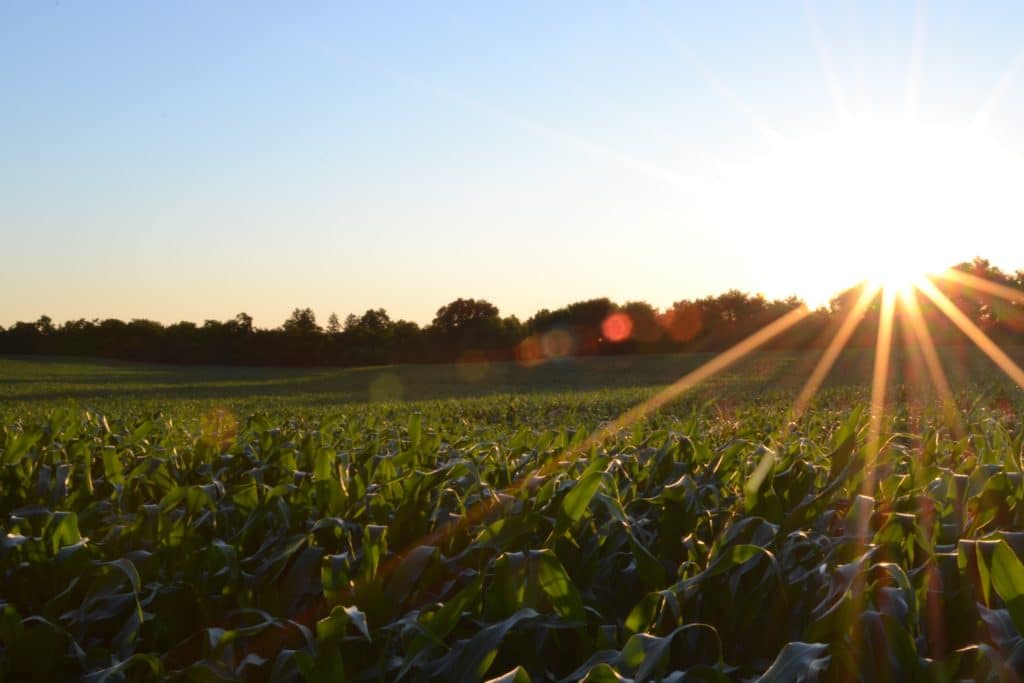It is hard to overstate the pivotal role of farming and agriculture to us as a nation, global society, and a species always striving to survive. After all, agriculture grows a vast majority of the crops, raises a great majority of cattle, and provides a majority of the dairy consumed by humans the world over. If farms were to cease existing suddenly, the human race would have a hard time surviving or at least doing so without descent into warfare and anarchy.
Without farmers, there would be food shortages, and the prices of existing commodities would skyrocket. The agriculture industry sits at the crux of basically every other industry. Agriculture, in a sense, is the foundational bedrock of any society. As weather, pests, bad crops, and other matters of little control to the farms can impede steady agricultural progress, and the government sets aside subsidies to back up the farmers in case they need money to get them past a tough situation. These are farm subsidies. Sounds like a novel and reasonable idea, but is it all positive across the board. Not quite. Let’s take a look at some pros and cons of farm subsidies.
Pros of Farm Subsidies
1.) Stronger Food Chain. To be blunt, we need food, and there is no contingency. Therefore an entire society benefits from prospering farms. The laws of supply and demand do not apply to agriculture the same way as to other industries, there is no plan B, farms must exist for humanity to survive. Subsidies help farms who are struggling for one reason or another to stay operational to keep producing food.
2.) Subsidies Provides Economic Stability In Other Industries. Farm subsidies allow farms to keep up their work by providing additional funds for better farm management, updated equipment, necessary repairs, and modernizing farming technology for more optimal outputs. Some portions of the funds allow for the food to be transported, and others serve to keep the prices for the developed food reasonable.
3.) Farming Safety Net. Farmers deal with many problems. When pests get into the crops and ruin giant swaths meant for sale, farms lose money. When extreme weather or unexpected cold or heat kills off crops, farmers will not be able to sell as much (if anything), and if they do not sell, they do not have the funds to upkeep their farm. If disease ravages their farm animals, whether they are raised for the meat of farm work, it can cripple a farm’s productivity or even shut it down. These farm subsidies are there to keep farmers financially afloat until they can recover from any hardships.
4.) Cropland restoration. Sometimes soil needs to rest instead of growing a full harvest yearly. Sometimes fields need to rotate what crops are grown in them, and the currently rotated to crop may not have the asking price of others more lucrative ones. Without farming subsidies, farms would be forced to grow the same crops over and over.
Cons of Farm Subsidies
1.) It Hurts Product Diversity. Not all forms are eligible for subsidies, so only those who grow program “eligible crops” get the funding to help produce a good harvest year after year, enjoying better benefits and comfortable living. Those farms not eligible are at a much higher risk of failure. Those not eligible for subsidies may be forced not to rotate what is grown in a particular soil, producing the same product, degrading the farm.
2.) Environmental Harm. Some crops are more susceptible to the elements or to pest invasion. To steer away from some of these problems and stay eligible, farms may need to use chemicals to preserve their crops. These chemicals seep into the soil, creating either known or yet not adequately studied or unknown chain reactions when they are consumed by humans.
3.) Small Farmers Ineligible. Most subsidies go to landowners, and a lot of farmers rent land on which they grow crops and raise cattle. Farmers renting the land end up not getting the subsidies, while the landowners do, and therefore have little to zero control about how the disbursed funds will be spent.
4.) Discriminatory. The subsidies are unfair in several ways. Most of the country’s subsidies are focused on the cultivation of corn, livestock, soybeans, wheat, rice, and dairy. The subsidies also tend to go to the wealthy first. Worse still, most subsidies end up going to white farmers. Minority farmers receive significantly less money. It is no wonder that the number of African-American farmers has dropped from 1 million to about 36,000 in the last century.
5.) Heavy Government Influence. As the government holds the money and makes the rules about subsidy disbursement and qualifications, farms are at the mercy of their regulations. The government recognizes the need for money, and in most cases is willing to help anyone struggling for the greater good. But it may also be with certain conditions that put farmers into difficult situations, forcing them to produce a specific type of product and treat it in a certain way, which may not be the way they best see fit to grow it.
- Tulip Mania – The Story of One of History’s Worst Financial Bubbles - May 15, 2022
- The True Story of Rapunzel - February 22, 2022
- The Blue Fugates: A Kentucky Family Born with Blue Skin - August 17, 2021
